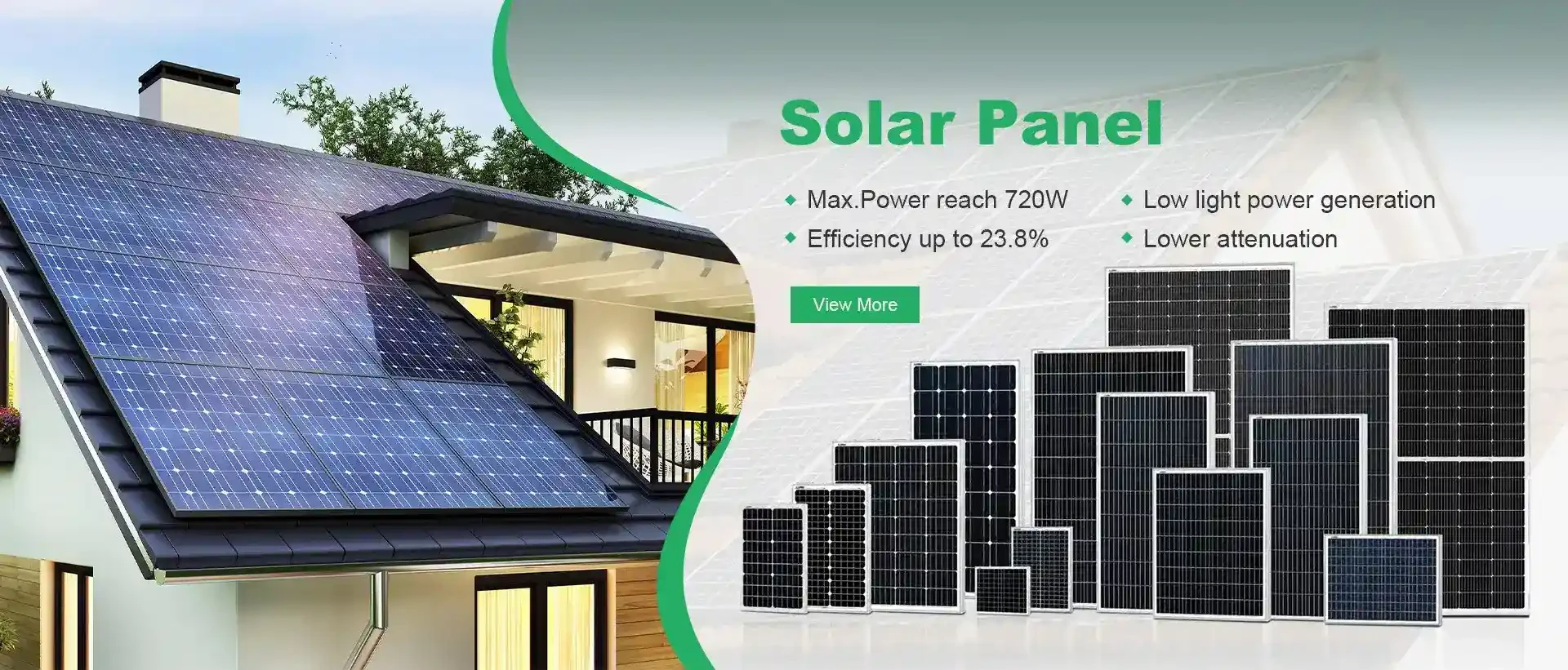solar panel energy conversion efficiency
Solar Panel Energy Conversion Efficiency A Key to Renewable Energy Innovation
As the world increasingly turns to renewable energy sources to combat climate change and reduce dependency on fossil fuels, solar energy stands out as one of the most promising alternatives. Solar panels, or photovoltaic (PV) cells, convert sunlight into electricity. Understanding and improving the energy conversion efficiency of these panels is essential for maximizing their output and making solar energy a more viable option for widespread use.
What is Solar Panel Energy Conversion Efficiency?
Energy conversion efficiency in solar panels refers to the percentage of sunlight that can be converted into usable electricity. For instance, if a solar panel has an efficiency of 20%, it means that 20% of the solar energy hitting the panel is transformed into electrical energy, while the remaining 80% is either reflected or absorbed as heat.
Currently, commercial solar panels typically have efficiencies ranging from 15% to 22%, with high-end models achieving up to 25%. Research and technology advancements aim to push these boundaries even further, making solar panels more efficient and, consequently, more cost-effective.
Factors Affecting Efficiency
Several factors can affect the efficiency of solar panels. One primary factor is the material used in the solar cells. Silicon is the most commonly used material, but different forms, such as monocrystalline, polycrystalline, and thin-film, perform differently in terms of efficiency and cost. Monocrystalline panels tend to be the most efficient, but they also tend to be more expensive than their polycrystalline counterparts.
Temperature also plays a significant role in solar panel efficiency. Most solar panels perform optimally at cooler temperatures. As the temperature rises, the efficiency tends to decrease, which highlights the importance of considering climate factors when installing solar power systems.
The angle and orientation of solar panels are crucial as well. Panels facing direct sunlight for the majority of the day will typically produce more energy. Additionally, shading from trees, buildings, or other obstructions can significantly reduce panel output.
solar panel energy conversion efficiency

Innovations in Solar Technology
To enhance solar panel efficiency, researchers are exploring various innovative approaches. Some of these include
1. Multi-Junction Cells These cells use multiple layers of photovoltaic materials to capture a broader spectrum of sunlight. By stacking these materials, multi-junction cells can achieve efficiencies exceeding 40% under concentrated sunlight.
2. Bifacial Panels Bifacial solar panels capture sunlight from both sides, allowing for energy generation not only from the direct light but also from albedo effects (the reflection of light off surfaces like the ground). This technology can lead to increased energy output compared to traditional panels.
3. Perovskite Solar Cells This emerging technology uses a different material structure which has shown great promise in achieving high efficiencies at lower costs. Perovskite cells have rapidly progressed in laboratory settings, achieving efficiencies above 25% and showing potential for further improvements.
4. Concentrated Solar Power (CSP) This method utilizes mirrors or lenses to focus sunlight onto a small area, which significantly increases the temperature and the efficiency of energy conversion. CSP systems can also incorporate thermal energy storage, providing energy even when the sun isn't shining.
Conclusion
The energy conversion efficiency of solar panels is a crucial factor in expanding solar energy use. With ongoing research and technological advancements, the future holds the potential for even more efficient solar solutions. As efficiency improves, costs are likely to decrease, making solar energy a more accessible and affordable option for consumers and businesses. By harnessing the power of the sun more effectively, we can move towards a sustainable future powered by renewable energy. The quest for higher efficiency solar panels not only represents an exciting scientific challenge but also a crucial step in our global effort to create a cleaner, more sustainable world.
-
String Solar Inverter: The High-Efficiency Solution for Smart Solar EnergyNewsJul.14,2025
-
Revolutionizing Rooftop Energy with the Power of the Micro Solar InverterNewsJul.14,2025
-
Power Independence with Smart Off Grid Solar Inverter SolutionsNewsJul.14,2025
-
On Grid Solar Inverter: Powering the Future with Smart Grid IntegrationNewsJul.14,2025
-
Monocrystalline Solar Panels: High-Efficiency Power for the Future of Clean EnergyNewsJul.14,2025
-
Bifacial Solar Panel: A Smarter Investment for Next-Generation Energy SystemsNewsJul.14,2025







